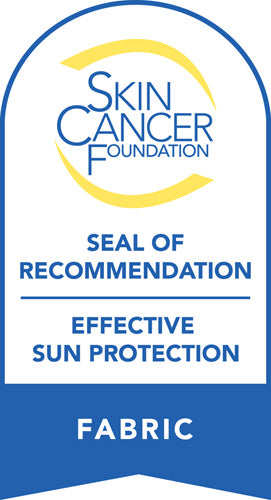But as with most diseases, prevention is key. That’s why we’ve compiled four simple tips for older adults to guide them with the basics of skin protection and to help them build the habit.
LIMIT YOUR UV EXPOSURE
Most people are unaware that they expose themselves to harmful levels of sun exposure on a daily basis. In places like Florida for instance, where the winters are mild and the days are warm, locals and tourists find the environment conducive for many outdoor activities. This can cause many people to forget that UV rays are still present and can seep through shelter and clothing, no matter how good the weather is. UV is most intense at noon when the sun is at its highest and has the least distance to travel through the atmosphere. So, it’s best to stay indoors at this time. Typically, this happens from 10 am to 4 pm.
A daily use of at least SPF 15 sunscreen can lower your melanoma risk by about 50%, according to the Skin Cancer Foundation. Moreover, it can help prevent premature skin aging caused by the sun, which usually manifests in wrinkles, sagging, and age spots. For days spent mostly outdoors, experts recommend applying sunscreen 30 minutes before leaving your house and reapplying every two hours. Apply a one-ounce amount to all exposed skin for each application to achieve maximum protection.
For those with a higher chance of developing sun-induced skin conditions, you may want to set an appointment with your doctor. Older adults can tap into their health insurance in this regard through Medicare or Medicare Advantage. KelseyCare Advantage states that these plans can include drug coverage and even OTC medication benefits. Parts A-C typically include prescription drug coverage. And your doctor might recommend Vitamin D supplements, which is a good substitute for the sun, minus the potential damage.
It’s also advisable to wear sun-protective clothing or clothes with UV protection. Some examples include wide-brimmed hats, long-sleeved shirts, long pants, rash guards, and other articles with UV-protection ratings. In our article on "Sun Rash - What Is It And How UV Protective Clothing Can Help?", we explain how traditional clothing with lots of coverage don't really do a good job of blocking sun exposure because the fabric is woven too loosely. UV protective clothing, on the other hand, makes use of a tighter weave that gives it a 50 Ultraviolet Protection Factor or UPF score. This is why the latter is ideal for those prone to sun rashes or those with sensitive skin.
While getting sunlight can be great for your health, too much of a good thing can be dangerous! As more and more improvements in UV protective tools are made, we’ll be able to prevent even more instances of skin cancers and UV damage in the future. And if you're looking for more UV protection, go ahead and check out our outdoor activewear collection on BloqUV so that you can safely have more fun under the sun.



